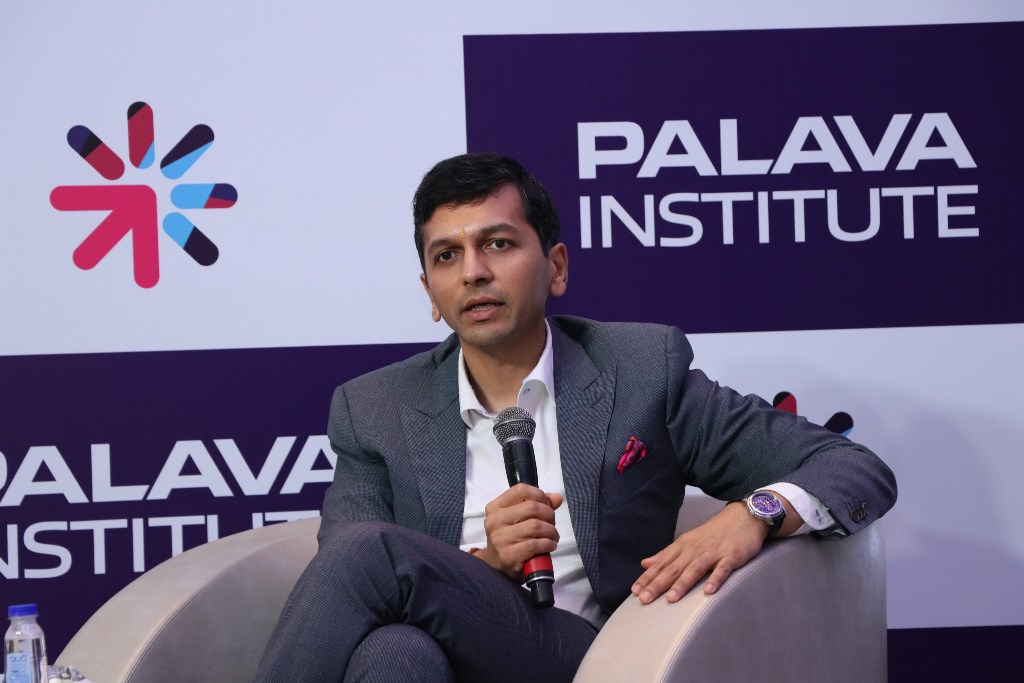
Authored by Dr. Subhash Gupta, Chairman of Red Cross Society, Ghaziabad
Recent statistics of child laborers in India reach up to 10.1 million which is 3.9% of the total child population involving 57 percent male and 43 percent female respectively, most of them fall in the 5-17 age groups. Census states that India is positioned at 113 out of 176 countries. The numbers are increasing rapidly every year. The states that shock us with their horrifying numbers of child laborers are Uttar Pradesh, Rajasthan, Madhya Pradesh, Maharashtra, and Bihar.
Child labor is witnessed in various parts of the world affecting millions of children. This involves the engagement of children in work that is harmful to their physical and mental health. When children engage in labor, their right to education is violated, they are subjected to harsh conditions, and poverty continues with the coming generations.Every child deserves a childhood free from labor, it is their basic fundamental right that cannot be violated. Article 21EvA of the Indian Constitution ensures that every child should be educated about their basic rights. One should not be deprived of their rights and amenities.
Regarding the reasons why there is child labor, several factors can be identified. Poor education, which is a result of children being out of school, poverty, and restricted employment opportunities for grown-ups add to the array of reasons that enhance the mechanism of child labor. Talking about education, a study suggests that about 42.7 billion children are not even registered in schools. It is now evident that child labor brings other effects that are damaging to the growth of the affected children and nations. It deprives them of exposure to knowledge and personal development and locks them into this endless misery of poverty and little or no hope. It also places them at risk of physical, emotional, and psychological abuse because they are bound to struggle in a hazardous and abusive environment.
Education is a key to transformation, helping children develop and acquire skills that help them escape the prison of child labor. While giving them literacy, numeracy, and critical thinking skills through education, the children are given the ability to fight social norms and formulate an existence of a life beyond the realms of exploitative labor. It helps children by assisting them to discover and develop their innate potential, helping them feel more confident, and giving them a broader horizon to consider.
Thus, implanting love in children, education influences them into setting high goals, toward a better life. It offers them the right information and tools they require to meet vivid opportunities and move away from inheritance, poverty, and cheap labor. It plays a crucial role in raising awareness about the risks associated with products produced by child labor. When people are educated about their rights and empowered with knowledge, they can become advocates for change. They can speak out against child labor, support policies to abolish it, and make a difference in their local communities and other countries. It’s important to remember that addressing child labor requires support from various organizations and individuals working together.
The policymakers and legislators ensure the implementation of laws that can guarantee children’s rights to protection against exploitation and to receive quality education. It is the local NGOs and community-based organizations that can furnish the children with educational materials, school fees, and funds alongside vocational education opportunities for the child laborers so they can replace labor with learning.



